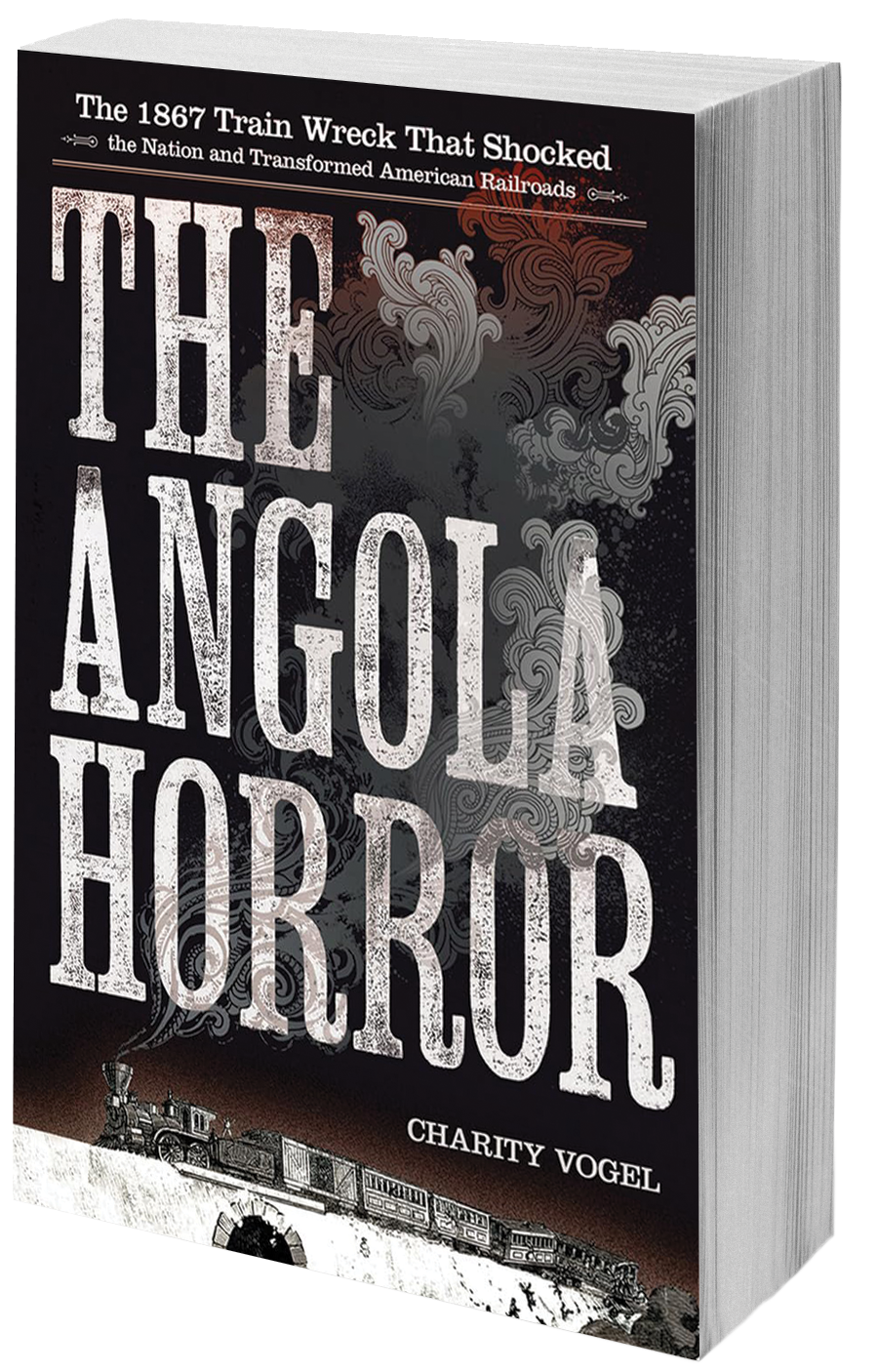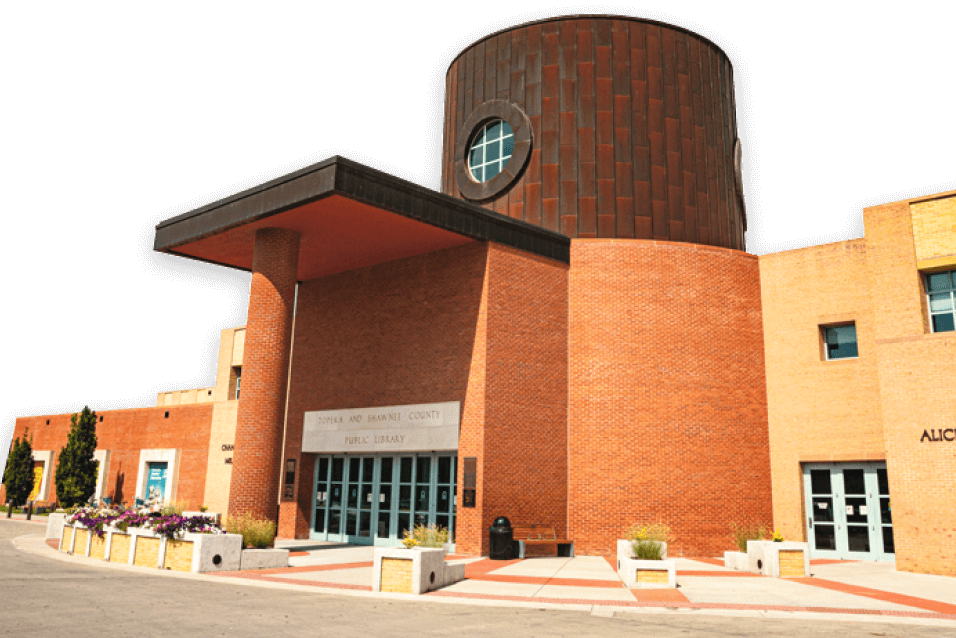Fact or Fiction: Train Disasters
In Fact or Fiction I recommend a fiction and nonfiction book on the same topic. This month you can choose a suspenseful historical novel about a young French anarchist intent on blowing up a train, a horrifying true story of an American train wreck that changed the industry, or both! Either way you’ll be fascinated by these historical books about train disasters.
The Paris Express by Emma Donoghue
 Seven hours and 10 minutes. Just seven hours and 10 minutes to decide when and where to detonate her homemade bomb on the Paris Express. As the train passes through the green fields and small villages of Normandy, young anarchist Madeleine “Mado” Pelletier ponders her timing. Now? Before she gets to know the innocent passengers packed in the swaying third-class car. Or later? More important passengers could board later making her deadly act much more newsworthy.
Seven hours and 10 minutes. Just seven hours and 10 minutes to decide when and where to detonate her homemade bomb on the Paris Express. As the train passes through the green fields and small villages of Normandy, young anarchist Madeleine “Mado” Pelletier ponders her timing. Now? Before she gets to know the innocent passengers packed in the swaying third-class car. Or later? More important passengers could board later making her deadly act much more newsworthy.
As Mado tightly clutches her bomb hidden in her lunch pail and equivocates, we meet other passengers and crew members on the Paris Express. A black American artist shyly befriends a lady scientist. A secretary tries to convince her boss that moving pictures are the way of the future. The driver and his stoker fret the train will be late to Paris threatening their Christmas bonus. And an old Russian emigre finds it highly curious that a young woman with close-shorn hair and surly manner is guarding her lunch pail so thoroughly.
Marvelously suspenseful. Emma Donoghue paints a vivid picture of fin de siècle France – the smells, sights and thoughts - in her novel The Paris Express.
The Angola Horror by Charity Vogel
 A jolt. Then shuddering. Then, more ominously, swaying. Frightened passengers aboard the New York Express traveling high on a truss bridge over Big Sister Creek clutched their belongings and looked at each other in terror. What terrible thing was going on?
A jolt. Then shuddering. Then, more ominously, swaying. Frightened passengers aboard the New York Express traveling high on a truss bridge over Big Sister Creek clutched their belongings and looked at each other in terror. What terrible thing was going on?
What happened next on that wintry afternoon in December 1867 would be known far and wide as the “Angola Horror." The two rear cars, packed with passengers, plummeted off the bridge. One plunged 50 feet down a gorge, burst into flames, and incinerated all but a few lucky survivors. The other car, falling off the other side, tumbled 31 feet down an embankment with men, women and children helplessly jumbled together with luggage, iron seats and white-hot coals from the stove. Despite the best rescue efforts from the nearby villagers in Angola and Buffalo, almost 100 people were killed or injured in the tragic train wreck.
The particularly gruesome manner of the deaths (charred corpses, legless and headless torsos) at Angola captured the public’s interest and ire all over the country. At a time when railroad travel was becoming more accessible to more types of people than ever before, the Angola Horror sparked outrage and a demand for safer railroad travel. Charity Vogel captures the tragedy, the evolving railroad industry and the nature of railroad travel in her fascinating book The Angola Horror.














